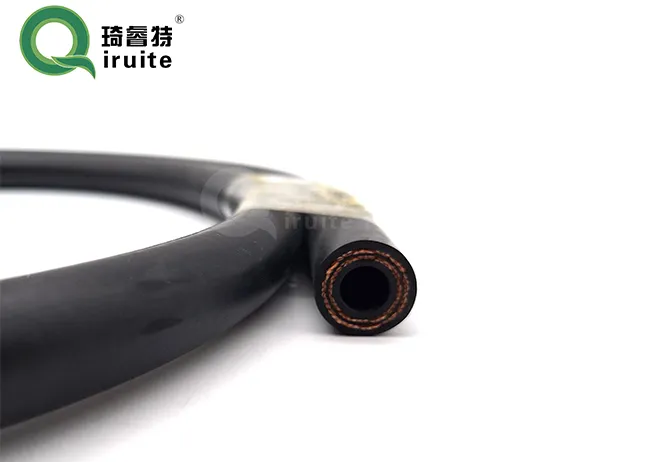Guide to Replacing the Power Steering Hose in Your Vehicle
How to Replace the Power Steering Hose
Power steering is an essential component in making driving easier and more manageable. Over time, however, the power steering hose can wear out, leading to leaks and potential damage to your power steering system. Replacing a power steering hose might seem daunting, but with the right tools and some basic mechanical knowledge, it's a task you can accomplish at home. Here’s a step-by-step guide on how to replace the power steering hose in your vehicle.
Tools and Materials Needed
Before you start, gather the following tools and materials
- New power steering hose - Wrench set or socket set - Screwdrivers - Pliers - Power steering fluid - Rags or paper towels - Safety glasses - Jack and jack stands (if necessary)
Step-by-Step Replacement Process
1. Preparation and Safety First Make sure your car is parked on a level surface, and the engine is off. Allow the engine to cool down completely if it has been running. Wear safety glasses to protect your eyes from any fluid splashes.
2. Locate the Power Steering Hose Open the hood and locate the power steering pump, which is usually situated near the front of the engine. The power steering hoses are typically made of rubber and can be traced from the pump to the steering gear.
3. Lift the Vehicle (if necessary) If the lower hose is difficult to reach, you may need to lift the vehicle using a jack and secure it with jack stands. Ensure the vehicle is stable before crawling underneath.
how to replace the power steering hose

4. Drain the Power Steering Fluid Place a drain pan under the power steering pump to catch the fluid that will drain out. Using a wrench, loosen the hose fittings at both ends of the hose (the pump and the steering gear). Carefully detach the hose and allow the fluid to drain completely.
5. Remove the Old Hose With the fluid drained, remove the old hose completely from the vehicle. Inspect the hose for any visible signs of damage or wear, such as cracks or fraying.
6. Install the New Hose Take the new power steering hose and align it with the fittings. Attach the hose to both the power steering pump and the steering gear. Make sure to tighten the fittings securely but avoid over-tightening, as this can cause damage.
7. Refill Power Steering Fluid Once the new hose is installed, it’s time to refill the power steering fluid. Check your vehicle’s owner’s manual for the type of fluid required. Fill the reservoir to the proper level and ensure there are no leaks at the connections.
8. Bleed the Power Steering System Start the engine and turn the steering wheel from lock to lock several times. This process helps to remove any air trapped in the system and allows the fluid to circulate properly. Check the fluid level again and add more if necessary.
9. Check for Leaks With the engine running, inspect the connections of the new hose for any signs of leaking fluid. If you spot any leaks, check the fittings and tighten them as needed.
10. Test Drive Finally, take your vehicle for a short test drive. Pay attention to the steering response and listen for any unusual noises. Ensure that the power steering is functioning smoothly.
Conclusion
Replacing a power steering hose is a manageable task for those willing to invest a bit of time and effort. Regular maintenance and prompt attention to problems can help ensure the longevity of your vehicle's power steering system. If you are unsure or uncomfortable with performing this task, don’t hesitate to consult with a professional mechanic. Safe driving!
-
Ultimate Spiral Protection for Hoses & CablesNewsJun.26,2025
-
The Ultimate Quick-Connect Solutions for Every NeedNewsJun.26,2025
-
SAE J1401 Brake Hose: Reliable Choice for Safe BrakingNewsJun.26,2025
-
Reliable J2064 A/C Hoses for Real-World Cooling NeedsNewsJun.26,2025
-
Heavy-Duty Sewer Jetting Hoses Built to LastNewsJun.26,2025
-
Fix Power Steering Tube Leaks Fast – Durable & Affordable SolutionNewsJun.26,2025

